Spatiotemporal variations in reef manta ray (Mobula alfredi) residency at a remote meso-scale habitat and its importance in future spatial planning
February 2024
Joanna L. Harris, Phil Hosegood, Clare B. Embling, Benjamin J. Williamson & Guy M. W. Stevens
Keywords: Acoustic Telemetry • Elasmobranch • IUU Fishing • Marine Protected Area • Mobula alfredi • Residency
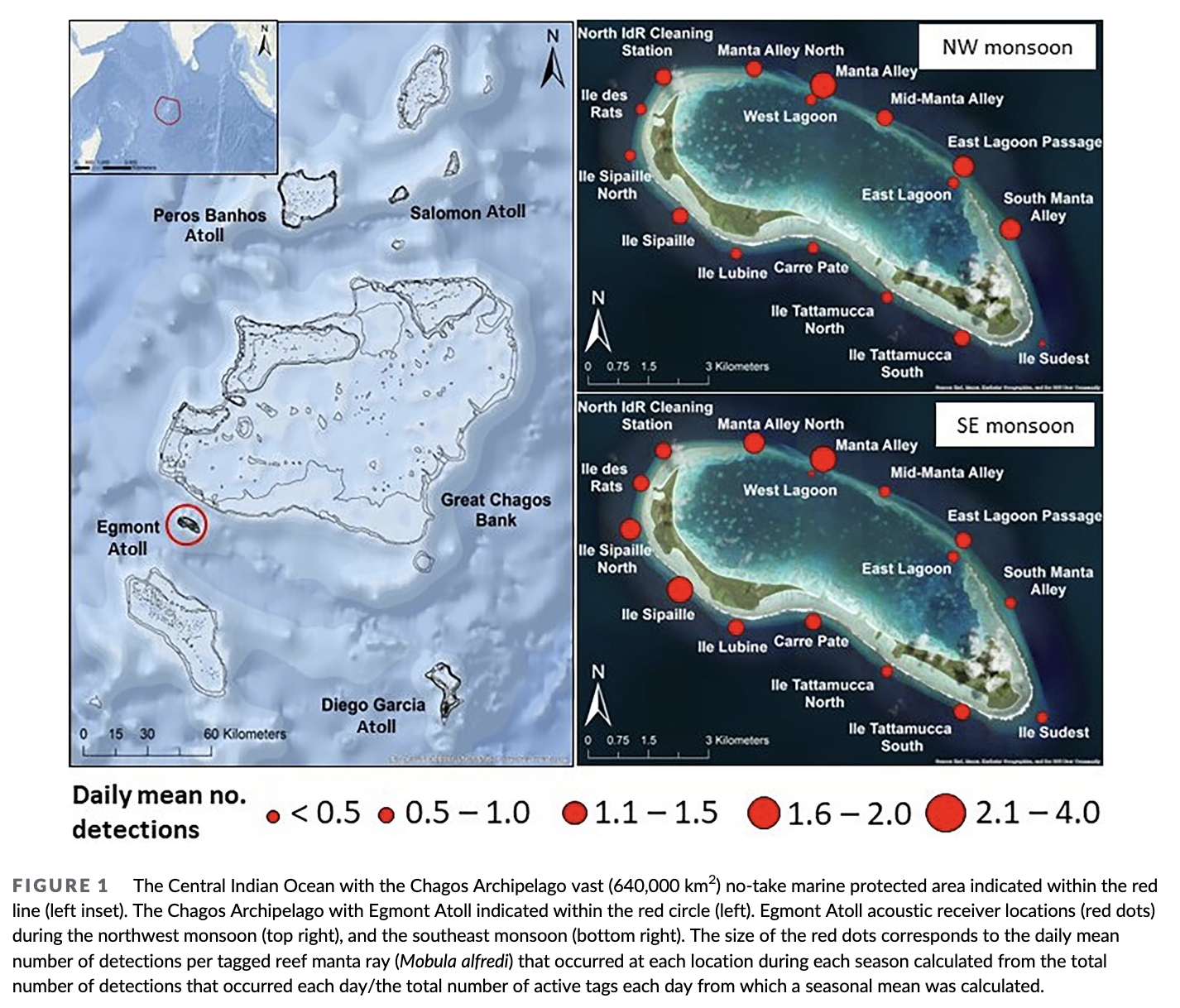
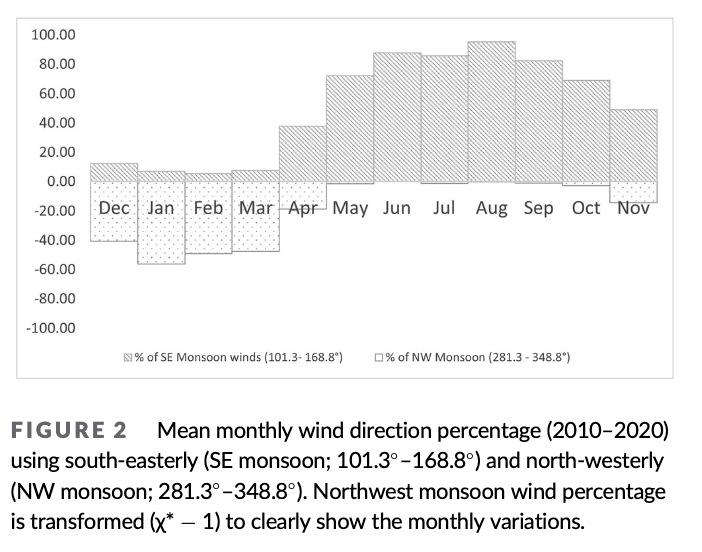

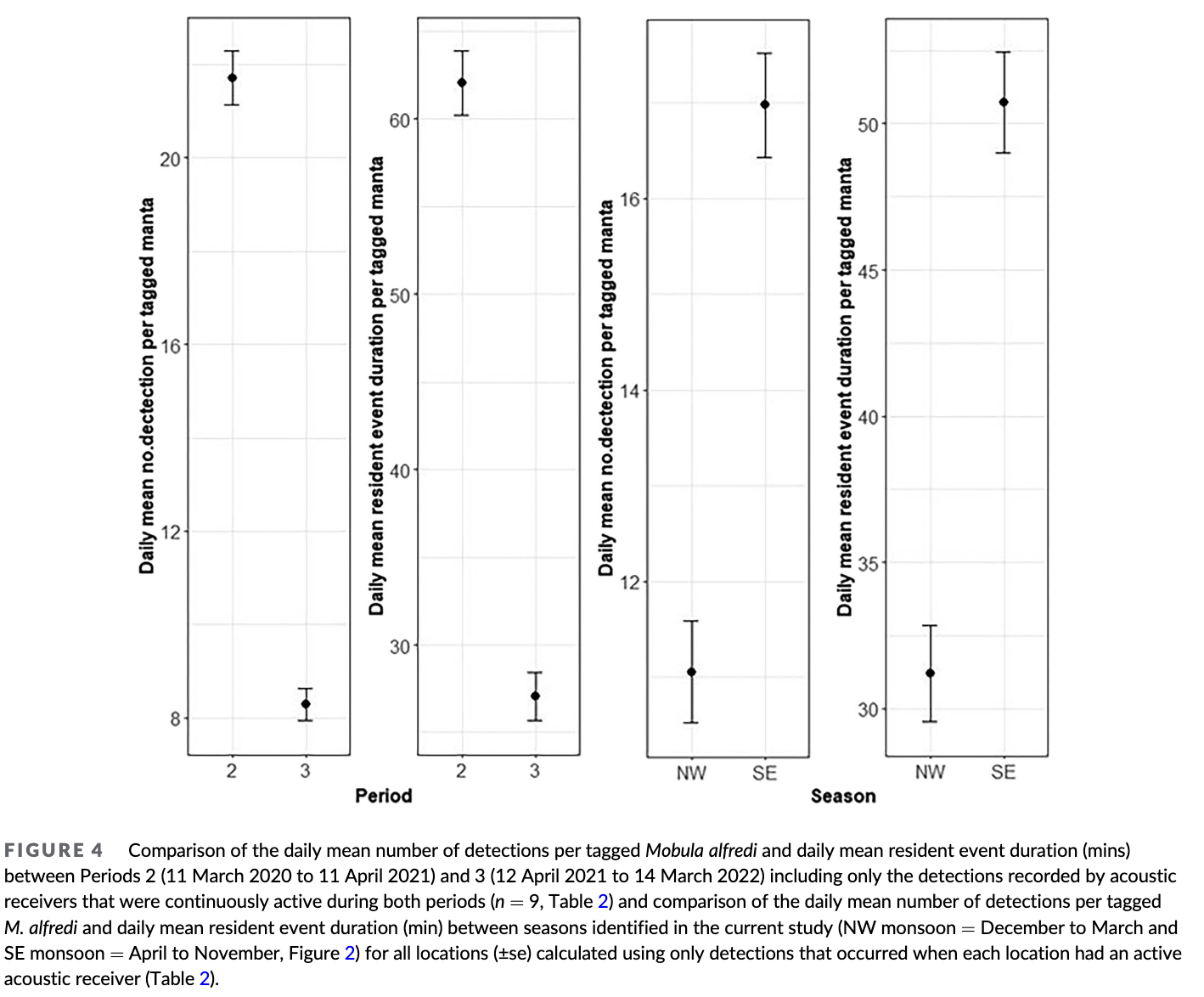
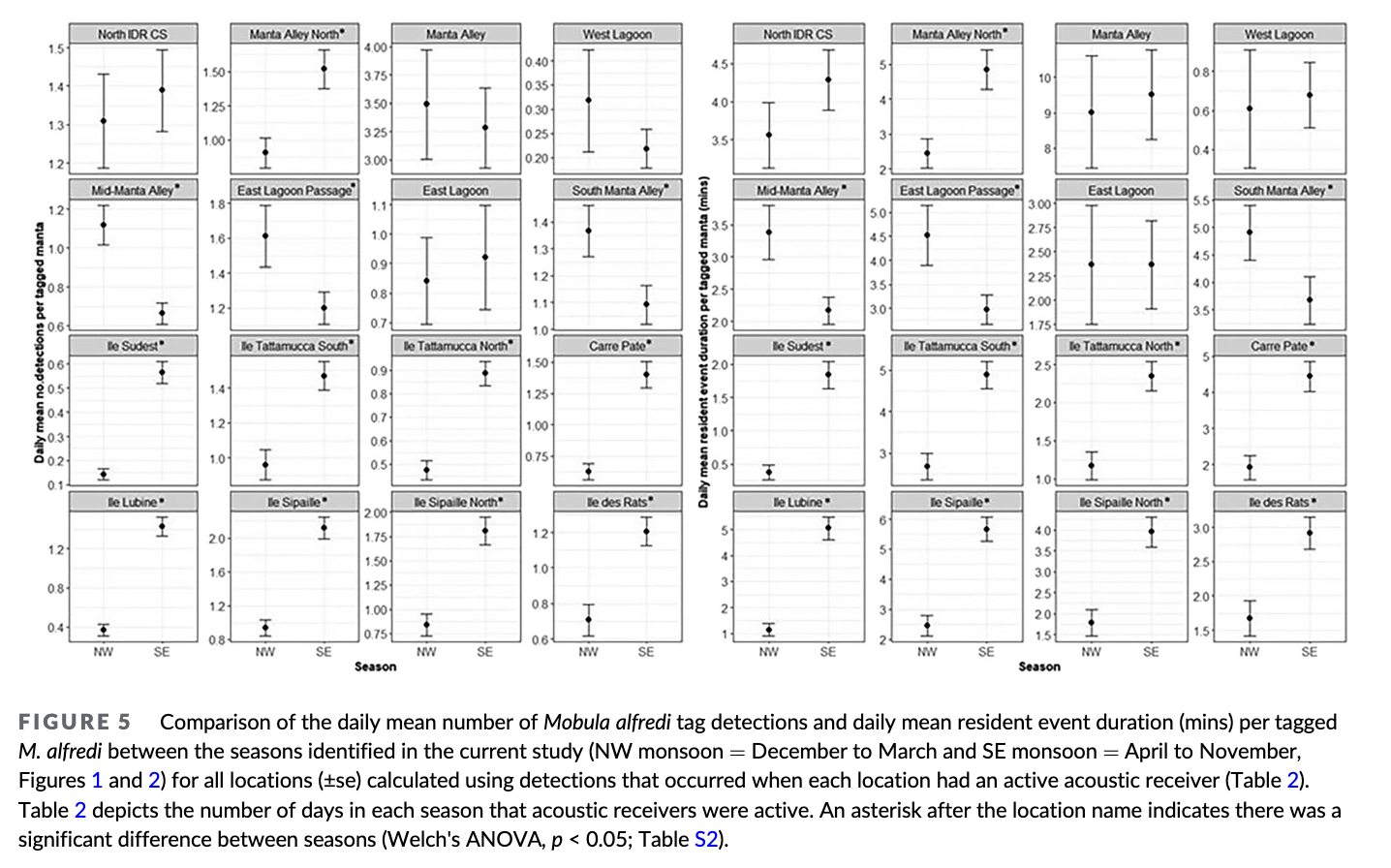
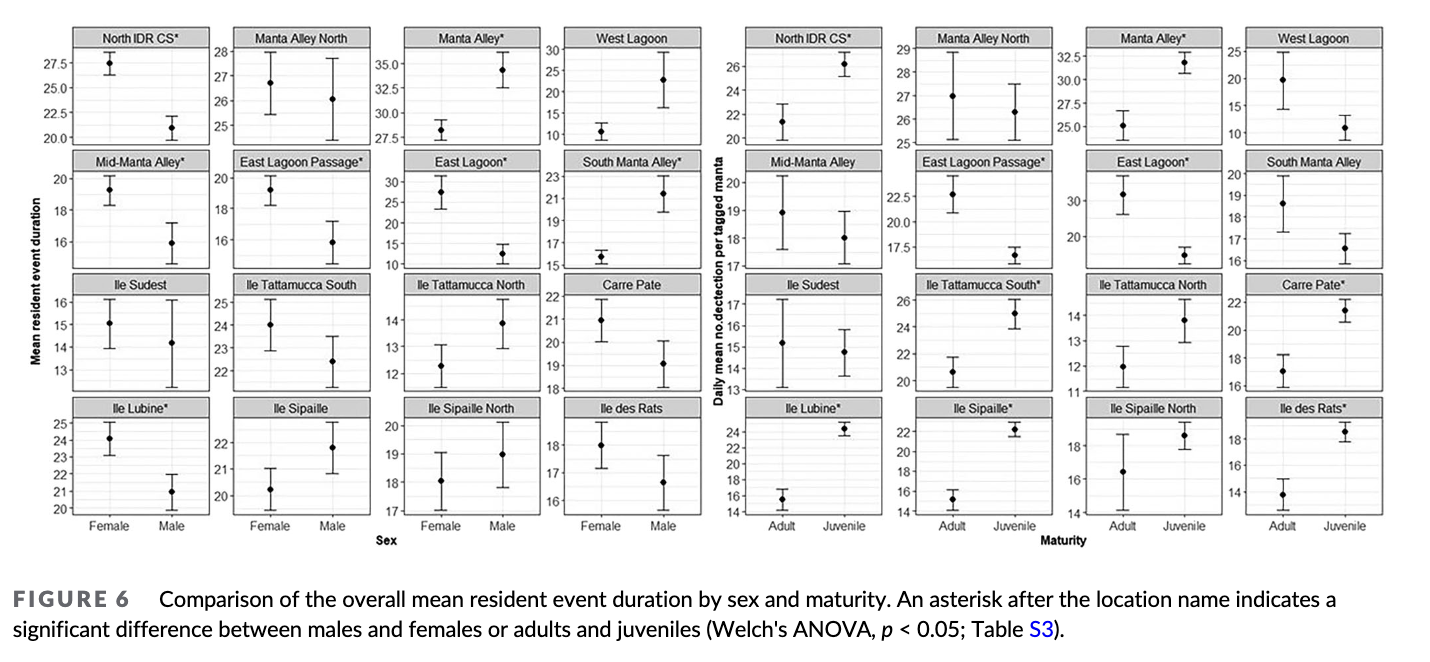
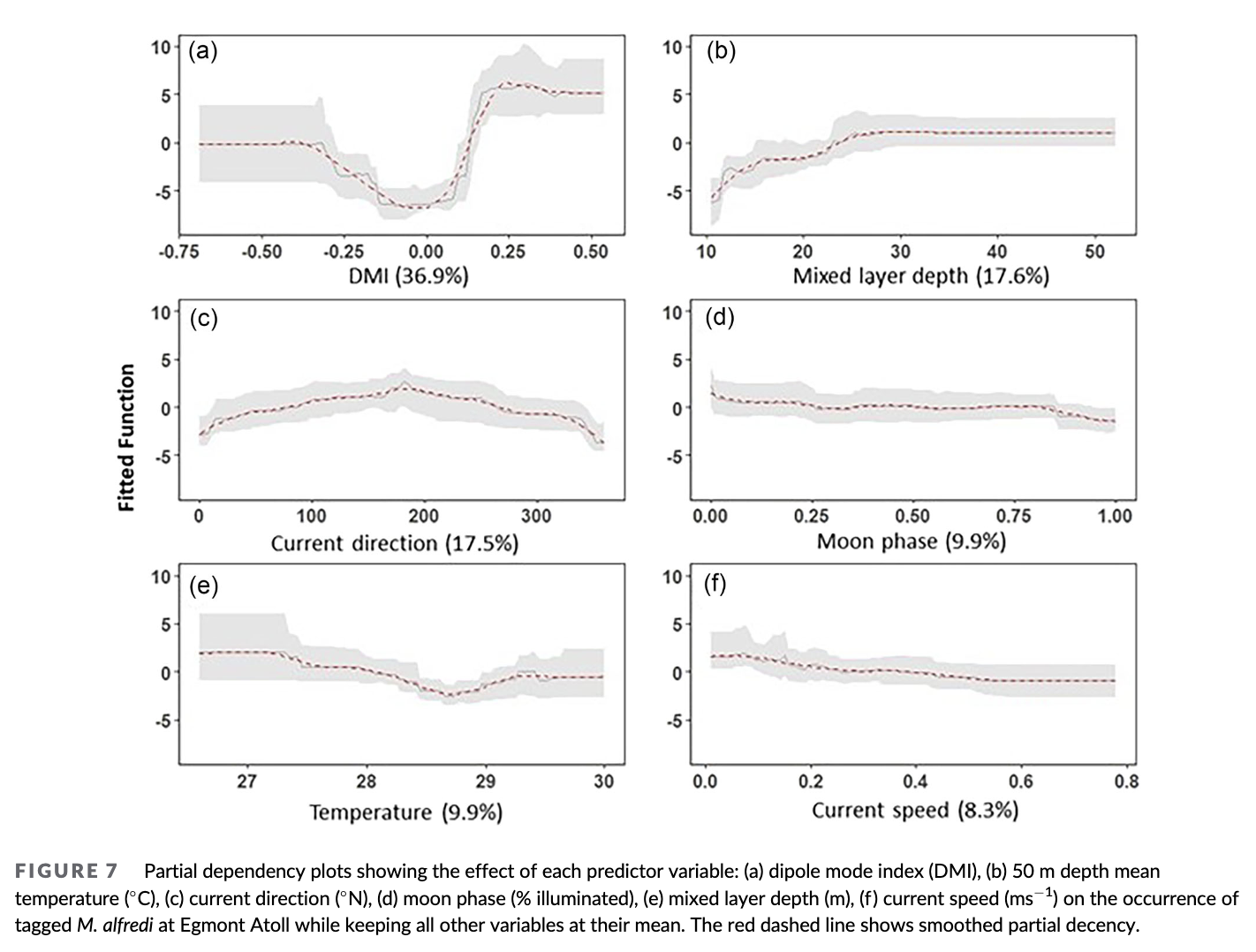
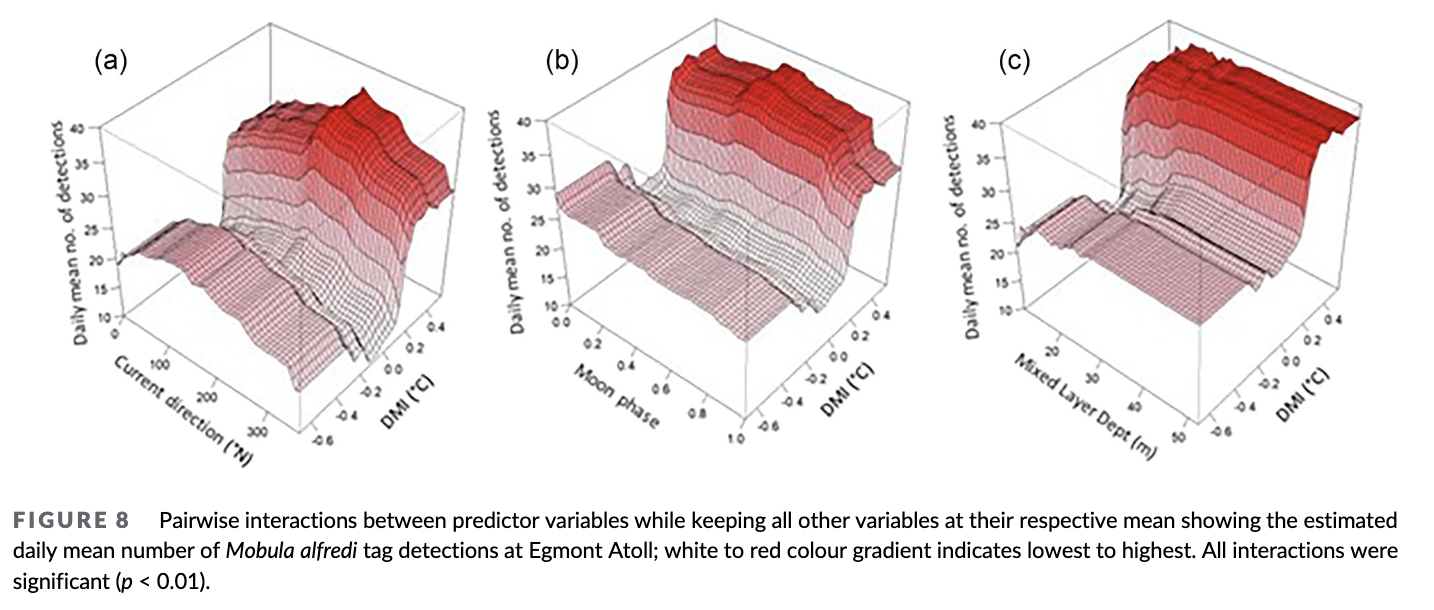
Summary: The vast marine protected area (MPA) in the Chagos Archipelago serves as a refuge for elasmobranchs, but faces threats from illegal fishing. Research on reef manta rays (Mobula alfredi) at Egmont Atoll from 2019 to 2022 revealed high residency levels (77%) and seasonal variations in habitat use. Conservation efforts should prioritise protecting key habitats like Egmont Atoll through regular enforcement patrols, especially during the southeast monsoon, to prevent local extinction.
Abstract
“1. The Chagos Archipelago's vast no-take marine protected area (MPA,640,000 km2) provides refuge for elasmobranchs facing unsustainable depletion by fisheries. Nonetheless, illegal, unreported and unregulated (IUU) fishing poses a substantial threat, and potential future changes to the use of the MPA could render elasmobranchs increasingly vulnerable to exploitation, putting geographically isolated populations, such as reef manta rays (Mobula alfredi) at risk of local extinction. Therefore, the species' long-term movements and habitat use must be identified to help prioritize current enforcement activity and inform future spatial planning.
2. Passive acoustic telemetry and modelled environmental data were used to investigate variations in 42 tagged M. alfredi utilization of a meso-scale aggregation hotspot, Egmont Atoll, between 2019 and 2022.
3. Mobula alfredi displayed the highest levels of residency ever reported (77%), with prolonged absences (>2 months) limited to seven individuals. Egmont atoll was used year-round, with activity peaks during the southeast monsoon (April–November), particularly at sites on the southwest, while sites on the north west were predominately frequented in the northwest monsoon (December–March). Tags were most likely to be detected when the Indian Ocean Dipole (IOD) was in a positive phase with a greater mixed layer depth, associated with a depression of chlorophyll α levels in the Indian Ocean. Thus, M. alfredi may be particularly reliant on Egmont Atoll, where they are predominantly observed feeding, when prey resources are limited elsewhere.
4. In a region where the threat of fisheries is of increasing concern, the identification of crucial M. alfredi habitats is essential for conservation management planning. Given the significant role of Egmont Atoll for the local population, regular IUU enforcement patrols are crucial, particularly during the southeast monsoon. Any future changes to the MPA should prioritize preserving and actively enforcing no-take regulations at Egmont Atoll.”
Infographics
Author Affiliations
The Manta Trust
School of Biological and Marine Sciences, University of Plymouth
UHI North, West and Hebrides, University of the Highlands and Islands
Funded by
Bertarelli Foundation
Garfield Weston Foundation
Contribution towards the Manta Trust's Strategic Plan
Goal 3: Strategic Objective 3.1: All manta and devil rays species in the regions where we work are fully protected and conserved through species management plans.
Goal 3: Strategic Objective 3.2 - Key manta and devil ray aggregation sites in the regions where we work fall within protected areas that are effectively managed.
Goal 3: Strategic Objective 3.4 - The environmental drivers on manta ray populations are better understood to help determine the impact of the climate crisis and inform conservation measures.


